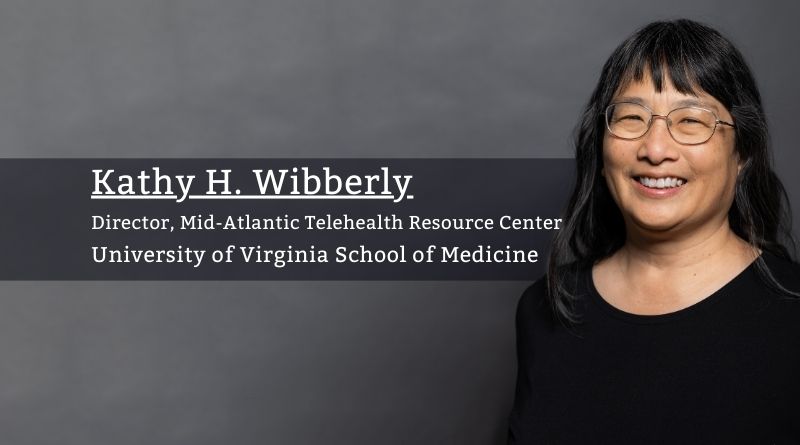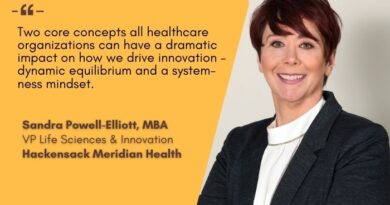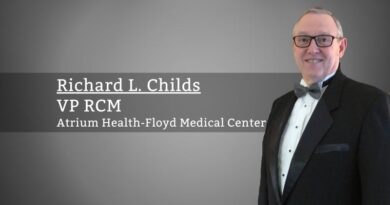Key Considerations for Designing a Patient-Centered RPM Workflow
By Kathy H. Wibberly, PhD, Director, Mid-Atlantic Telehealth Resource Center, Karen S. Rheuban Center for Telehealth, University of Virginia School of Medicine
With the rise of chronic health conditions, remote patient monitoring (RPM) offers clinicians a non-invasive way to track patients’ health data and promote engagement. RPM enables timely care adjustments—such as medication changes—and real-time education, like when a patient’s blood pressure (BP) rises after a high-sodium meal or their blood sugar spikes following a sugary treat.
Before implementing RPM, it’s crucial to identify specific needs where remote monitoring can make the significant impact. What challenges does your practice face? Are there gaps in patient satisfaction or outcomes? Perhaps you want to improve quality scores, reduce in-home skilled nursing visits, or lower emergency department (ED) use. Prioritizing these goals helps avoid adopting technologies that don’t address real needs. Anchoring your RPM program on clear priorities sets the stage for success.
Success in RPM begins with understanding what motivates your patients—when they see value, engagement and outcomes follow.
Building the Patient-Centered Workflow
A successful RPM model—whether in-house, through an external vendor, or a hybrid approach—relies on a well-defined, patient-centric workflow. At its core is creating a positive patient experience, leading to better outcomes. Here are key considerations for designing your workflow:
1. Patient Identification: Clarifying Goals and Roles
Once you’ve identified your goals, determine which patients would benefit most from RPM. Consider factors like comorbidities, cognitive abilities, digital literacy, home connectivity, and insurance eligibility. Define clear inclusion criteria and processes for identifying and referring patients. Key questions include:
- Who will identify and refer eligible patients?
- What does success look like and how will you measure it?
- What are the links between RPM activities and desired outcomes?
A clear vision of your program’s rationale and defined roles enables effective communication with and engagement of patients.
2. Patient Enrollment: Engaging for Success
After identifying eligible patients, it’s crucial to align your vision of success with theirs. Use motivational interviewing to understand their goals and concerns, such as:
- What are their pain points and what motivates them to change?
- What fears or barriers do they have?
- How do they define success?
With this understanding, you can educate patients, set expectations, and explain how RPM can help them reach their goals. When patients visualize success on their own terms, they are more likely to stay engaged. Once they consent, gather baseline data to track progress toward shared goals.
3. Equipment Setup: Simplifying Technology for Patients
A smooth setup is key to a positive experience. During this phase, devices are configured and installed, with test transmissions to ensure everything functions correctly. A home installer, like a community health worker, can minimize setup challenges and provide guidance to patients and caregivers. The goal is to ensure patients feel confident using the technology and can troubleshoot common issues. Use simple visual aids in their primary language and check understanding by asking:
- Can you walk me through your daily steps?
- What will you do if the equipment doesn’t work as expected?
- What should you do if you’re concerned about your health or health data?
Plan for regular check-ins during the first few days to answer questions and reinforce training. Some patients may benefit from check-ins over the first two weeks.
4. Monitoring and Management: Staying Connected
The heart of RPM lies in continuous data collection and active management. Daily monitoring enables timely tracking of vital signs and key metrics. This phase includes:
- Regular data review to identify trends and detect anomalies.
- Just-in-time patient education to support self-management skills using real-time data.
- Escalation protocols for data outside desired ranges, triggering clinical intervention when necessary.
- Adjustments to care plans based on evolving needs.
When staffing a call center, qualities beyond strong clinical skills and judgment are crucial to fostering patient trust and engagement. Effective communication bridges medical knowledge with patient experience. Key attributes include:
- Active listening skills to understand patient concerns fully.
- Empathy in communication to help patients feel heard and valued.
- Effective education techniques to guide patients through their care.
- Team collaboration to integrate smoothly with the broader care team.
Together, these considerations ensure that RPM is not only technologically sound but also emotionally attuned to patients’ needs, creating a program that balances high-quality care with a human touch.
5. Disenrollment: Ensuring a Smooth Transition
When patients no longer need RPM, a planned transition is essential. For some programs, this phase includes retrieving devices for redeployment. If the RPM experience has been positive, many patients may feel a sense of loss when it ends, as RPM often provides a sense of safety, security, and connection to their care team. To ensure a smooth disenrollment, consider:
- Addressing emotional needs: Acknowledge feelings of loss and help patients adjust to changes in their sense of security.
- Ensuring continuity of care: Reassure patients that their care continues, and provide clear information about the next steps.
- Celebrating achievements: Highlight and recognize goals met and progress made in self-management, fostering a sense of accomplishment.
- Gathering feedback: Collect insights from patients to refine and improve future RPM experiences.
A well-managed disenrollment process helps patients transition smoothly and provides valuable feedback for continuous improvement.
A successful RPM program is built around the patient journey, from identifying those who will benefit most to guiding them through a thoughtful transition. By focusing on well-defined workflows and maintaining patient engagement, providers can create an RPM experience that improves health outcomes and enhances the patient’s overall satisfaction and perceived quality of care.



